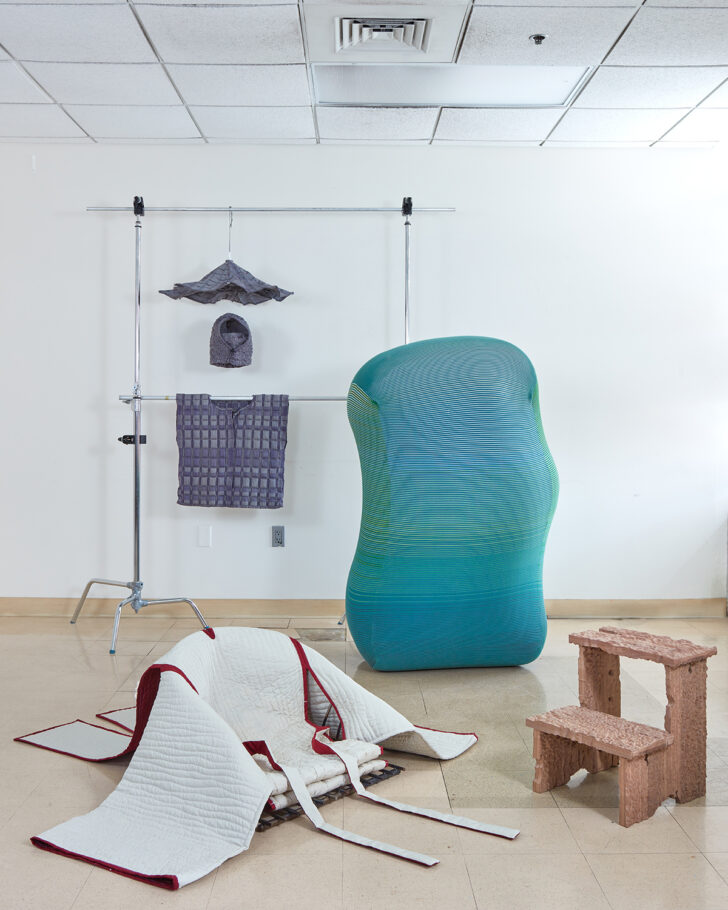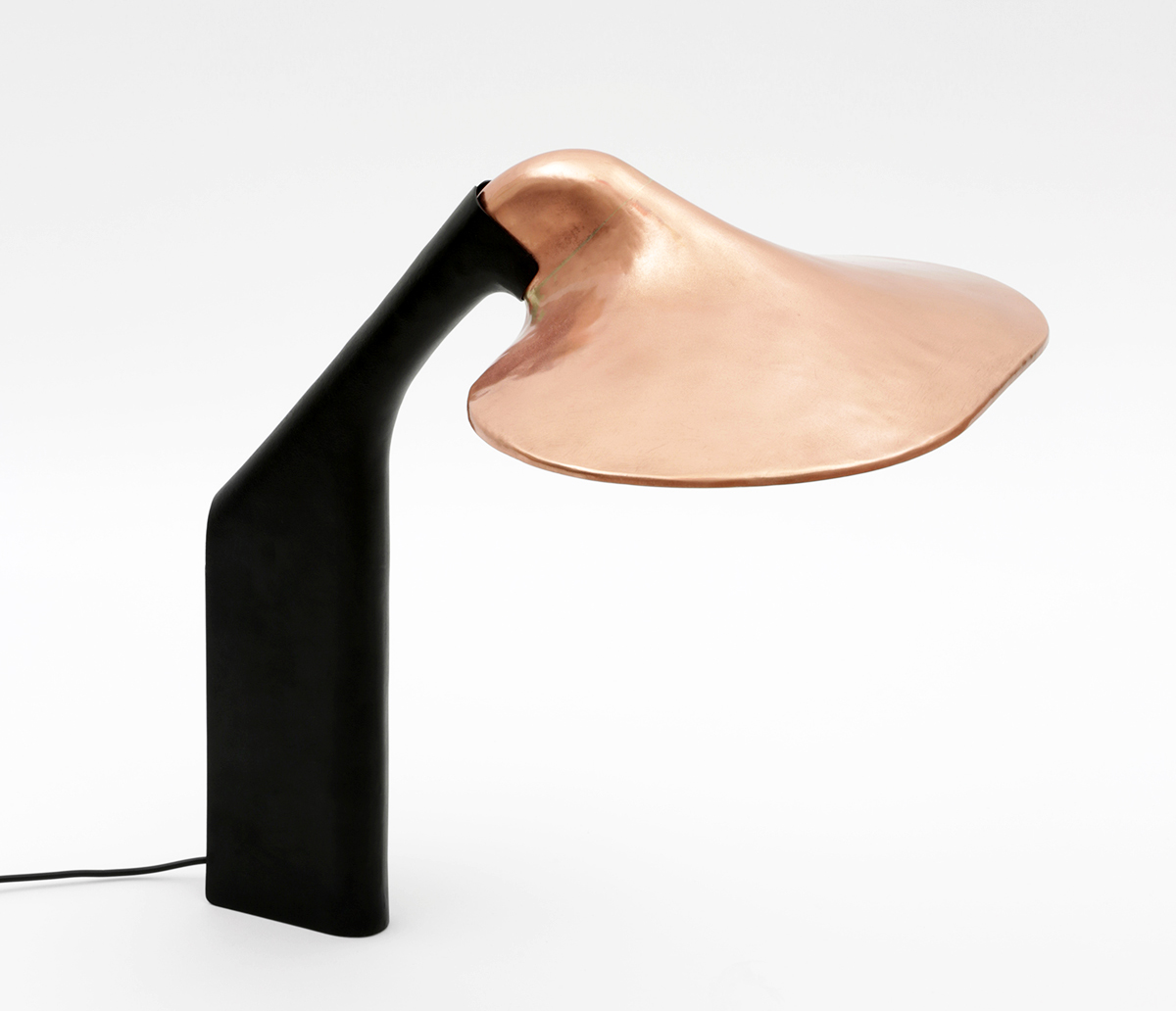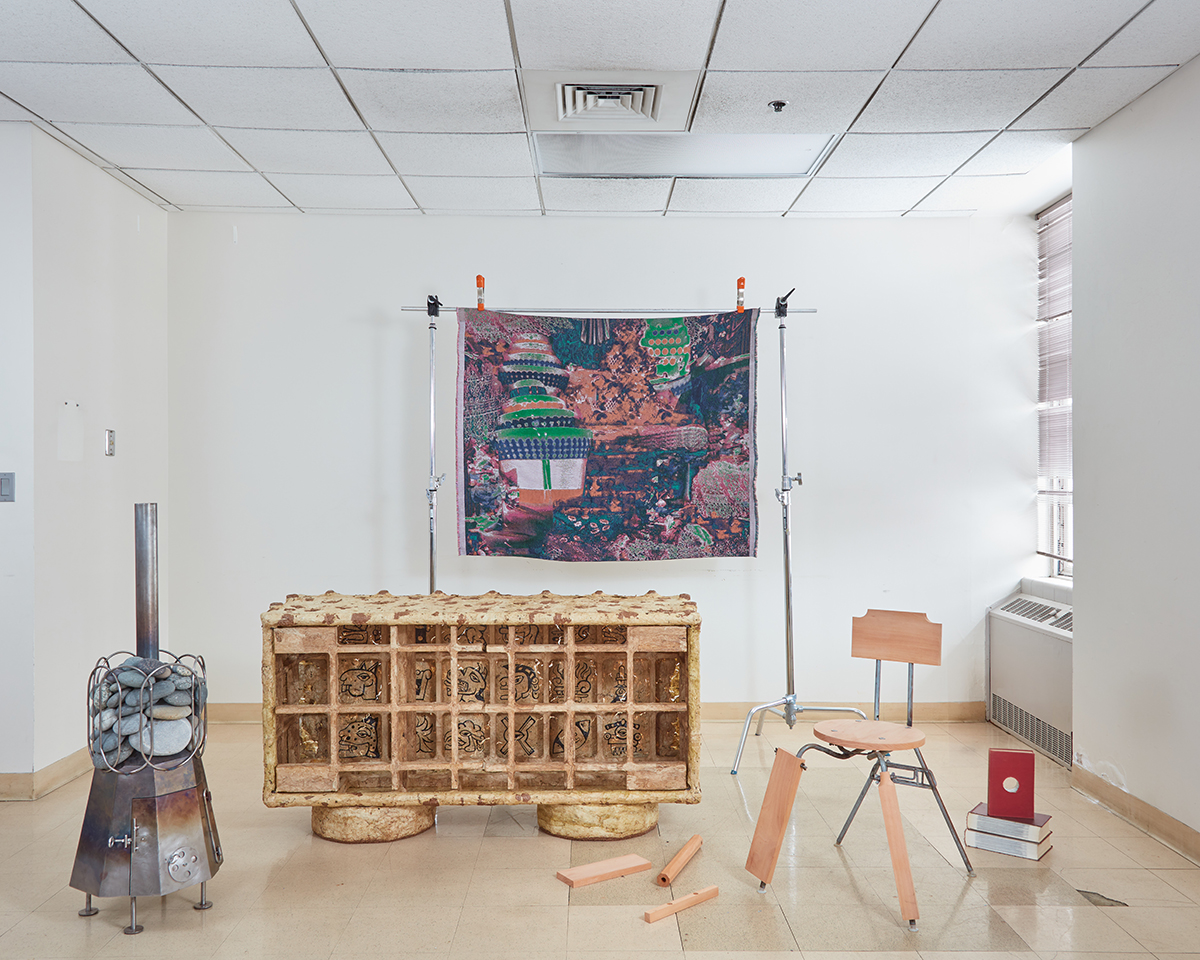
05.01.24
Excerpt: Exhibition
How Should We Live Now? In Milan, RISD’s Objects May Shift Exhibition Offered a Woozy Vision for Our Domestic Future
As a general rule, Milan thrives on spectacle. Some of the most memorable Salone exhibitions in recent years have relied on elaborate scenography, from Established & Sons in 2010 — when the British furniture brand filled a former Jai Alai court with walled “rooms” made from stacks of untreated tulipwood — to 2018, when Hermès constructed, over the course of three weeks inside a Milanese museum, seven towering pavilions made from thousands of jewel-toned zellige tiles. (Ask me what was inside those pavilions? Zero recollection.) So how is a student-run exhibition, from a newly founded design course exhibiting in Milan for the first time, supposed to compete? That was the conundrum facing 20 Rhode Island School of Design students, who debuted the conceptually-driven show Objects May Shift at Salone Satellite in Milan last month. The exhibition was the result of an intensive studio course, led by textile professor Anais Missakian and furniture professor Pete Oyler, and it brought together students from seven disciplines — ceramics, furniture design, glass, graphic design, industrial design, interior architecture, and textiles. Over the course of several weeks, the students worked in teams to construct an exhibition from soup to nuts, from developing a conceptual framework to conceiving the branding elements — logo, website, booth takeaways, epic swag — to creating a cohesive exhibition design in which to display all of their hard work. (Full disclosure: In late January, I took the train from New York to Providence to get a sneak peek of — and offer my thoughts and counsel on — this exhibition, so I have some skin in the game, as it were!)
Objects May Shift may not have offered the same experience as, say, a multi-sensory Dimore installation, complete with scents and operatic score; nor was it even as straightforward as a single independent designer presenting their collection. But those who took the time to engage with the work were deeply rewarded. Objects May Shift explored “our ever-evolving relationship to — and experience of — the domestic interior” — in other words, my favorite subject. The prompt was to recontextualize ordinary household items, and to “find surprise in the unexpected,” and many of the pieces on view did indeed elicit a thrill of delight or demand a reframing of thought. One of my favorite pieces was Yukti Agarwal and Kipper Reinsmith’s Knit Wiggle, a modular inflatable piece that grew, at the press of a button, from a cushioned beanbag to a wiggly room divider that could be nestled with a partner to create even more privacy; as it inflated, the beauty of Agarwal’s knitted upholstery revealed itself, stretching into a rainbow of yarns.
Other favorites included Sarah Alix Mann’s black walnut Termite Stool, which used 3D scanning and CNC milling to mimic the patterns left by termite damage, creating in the user a moment of wary reflection: “How would you feel stepping onto a stool that looks decayed — even if it is perfectly capable of bearing weight?” the piece seemed to ask. In Cameron Lassen’s Washed Up Herman Miller Chair, the designer paired a modified Herman Miller shell base with slats of sycamore, reclaimed from the De Pree Home in Michigan, which was designed in 1954 by Charles and Ray Eames for the first CEO of Herman Miller. By recombining parts with provenance in an unfamiliar way, it interrogates the very idea of brand value and what Lassen calls “the alienation of materials in an industrial context.” (Fun tid: Lassen can assemble the chair in 340 seconds, the same amount of time as it takes to build a Herman Miller Aeron Chair.) I also loved Sophie Meyer’s tapestry, which collaged traditional textile imagery with images of hoarding, trash, and AI-generated visuals to overwhelm the viewer and “call into question an object’s value within the space it inhabits”; Yuxuan Huang’s Cabinet I, made from the deconstructed parts of a found dresser turned inside out; and, perhaps the most bizarre entry, Jonathan Dinetz’s Great Chain of Being, a shambolic machine that extruded material, digested and dissolved it, and then spit it out reconstituted once again; it reminded me of a less disturbing version of Belgian artist Wim Delvoye’s Cloaca series of installations in the best way.
The exhibition’s branding, with its jittery font, was in keeping with the works’ aura of uncertainty and the show’s exploration of how our world and the ways that we inhabit it are changing. So many of the pieces dealt in more cerebral way with processes of decay or reclamation, rather than creating something shiny and new to present for mass consumption. There’s room for both in Milan, but Objects May Shift certainly brought to the fore issues that ought to be a model going forward for all fairs.
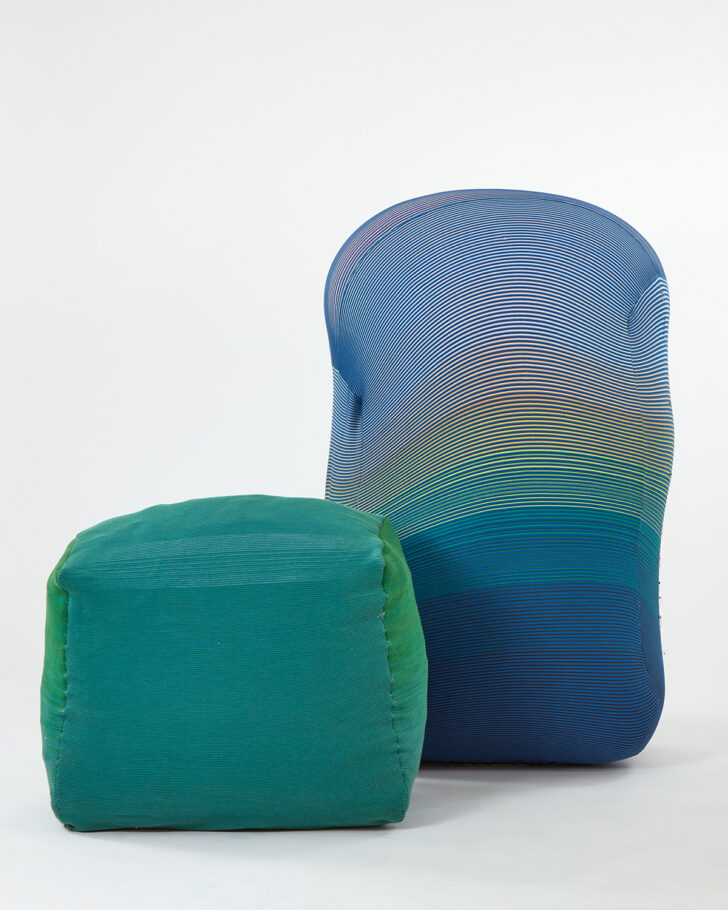
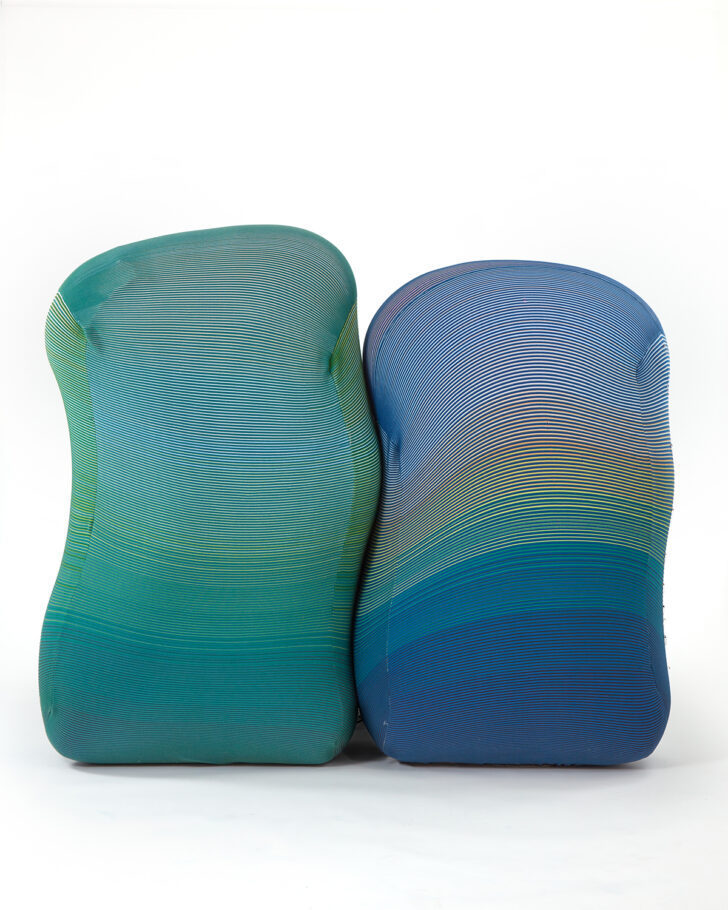
Knit Wiggle by Yukti Agarwal and Kipper Reinsmith
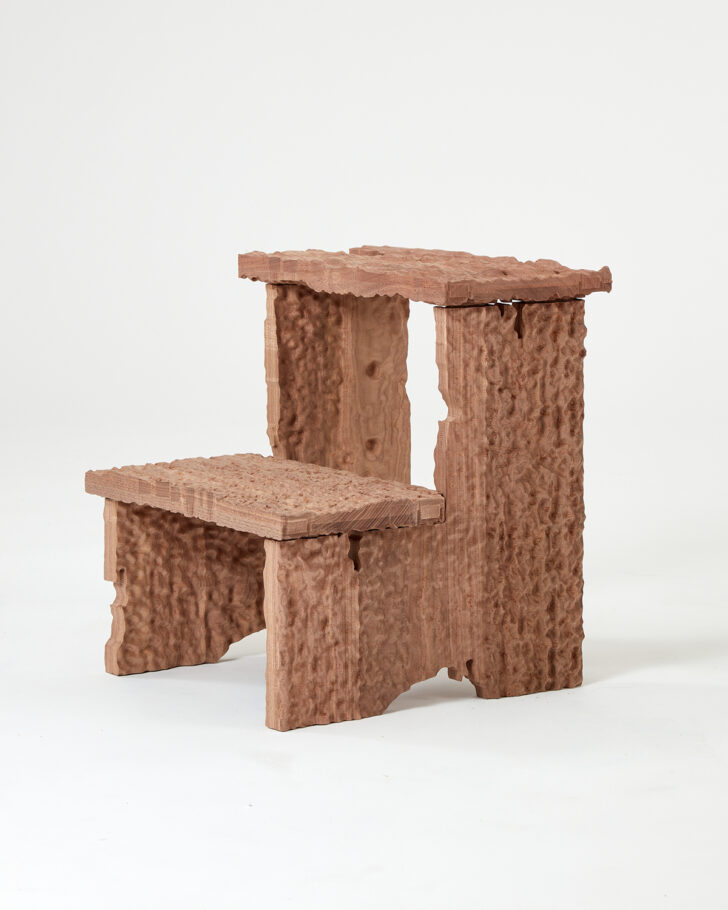
Termite Stool by Sarah Alix Mann
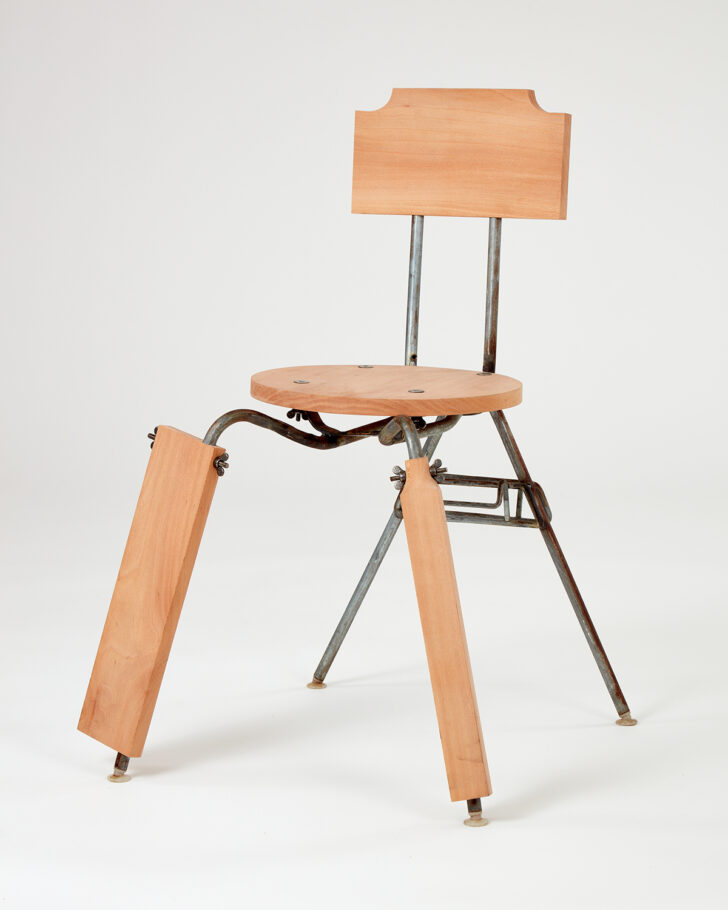
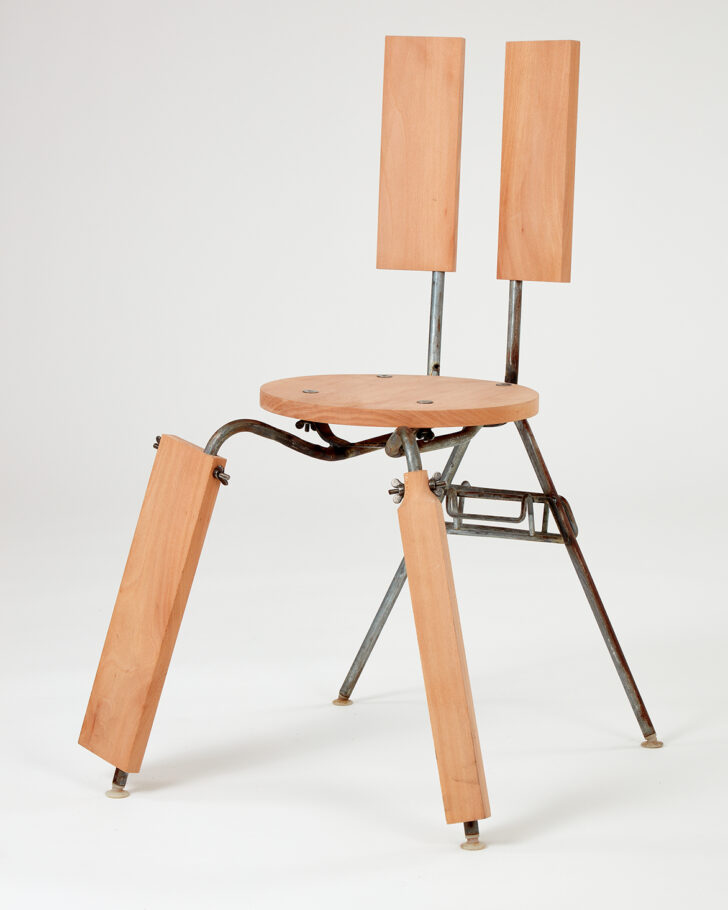
Washed Up Herman Miller Chair by Cameron Lassen
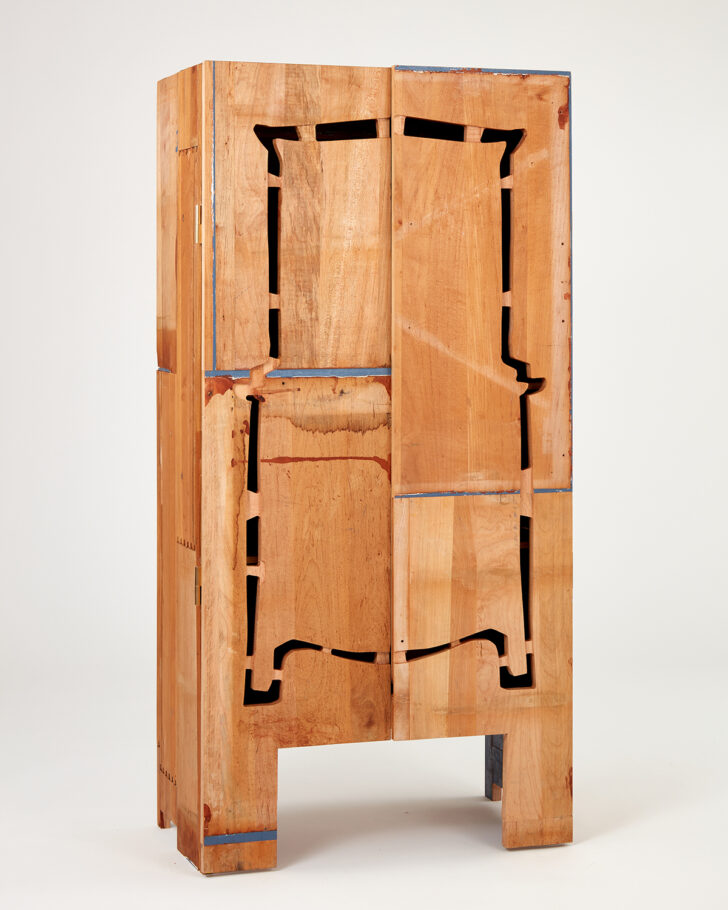
Cabinet I by Yuxuan Huang
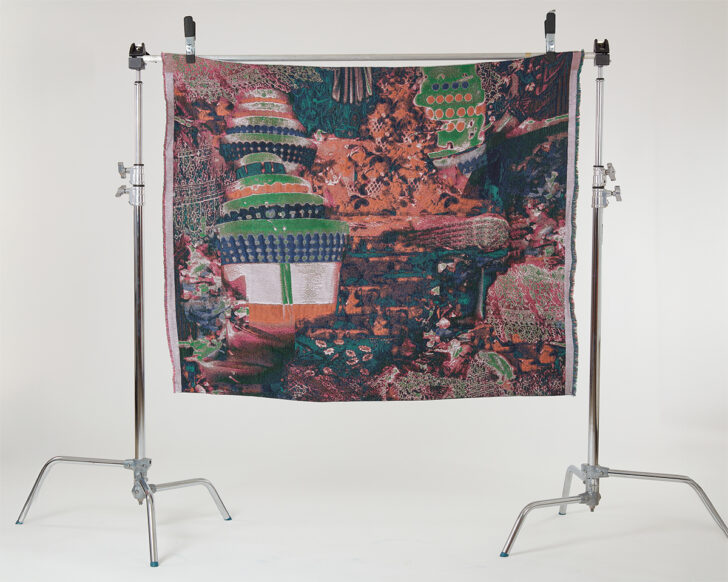
Untitled (Hoard) by Sophie Meyer
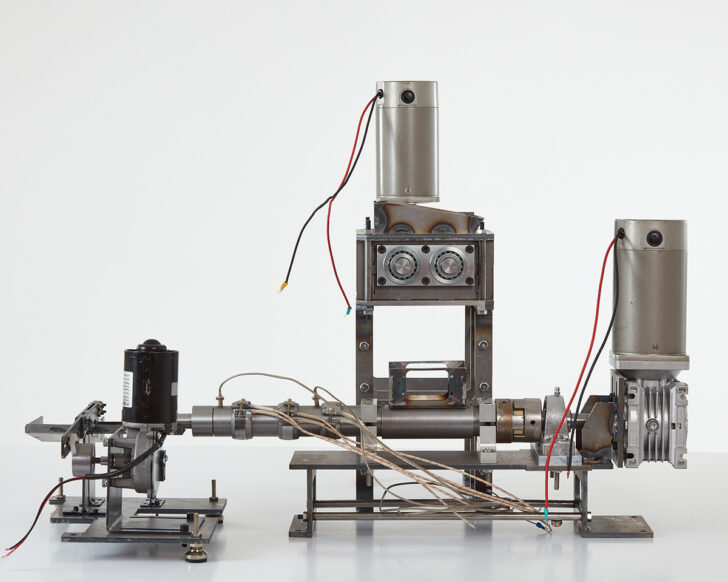
The Great Chain of Being by Jonathan Dinetz
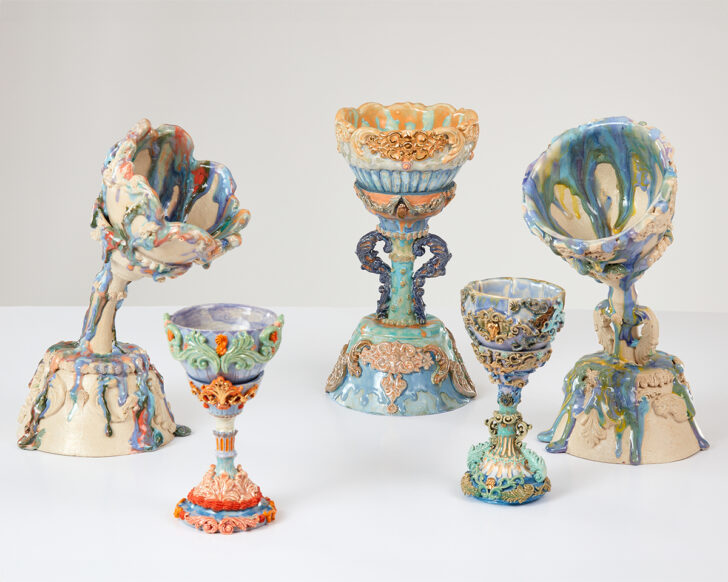

One by Jaewon Kim
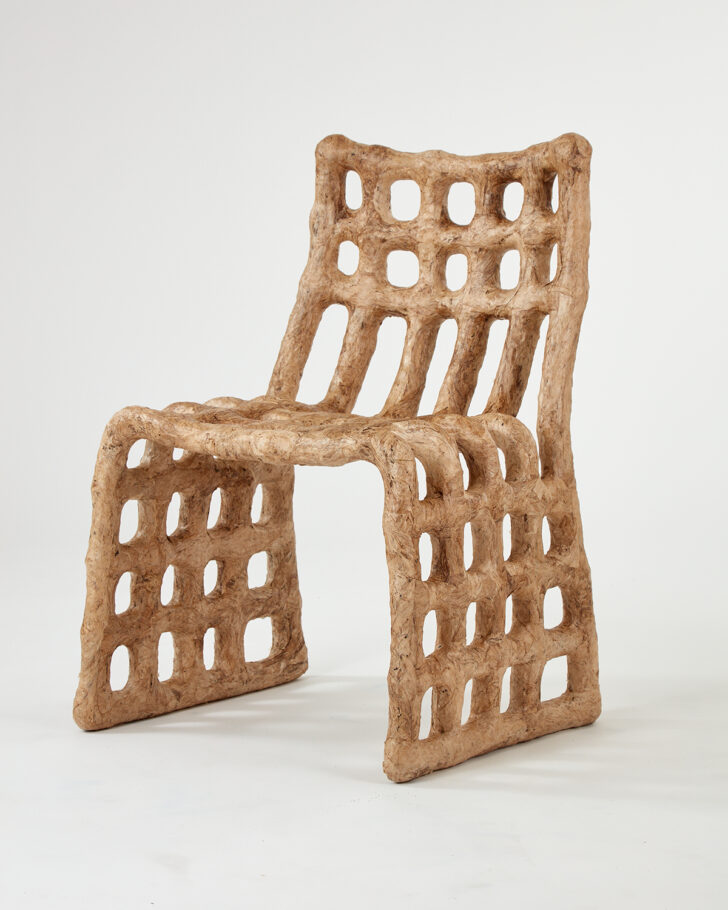
Chair 3, Amate by Samuel Aguirre and Tony Torres
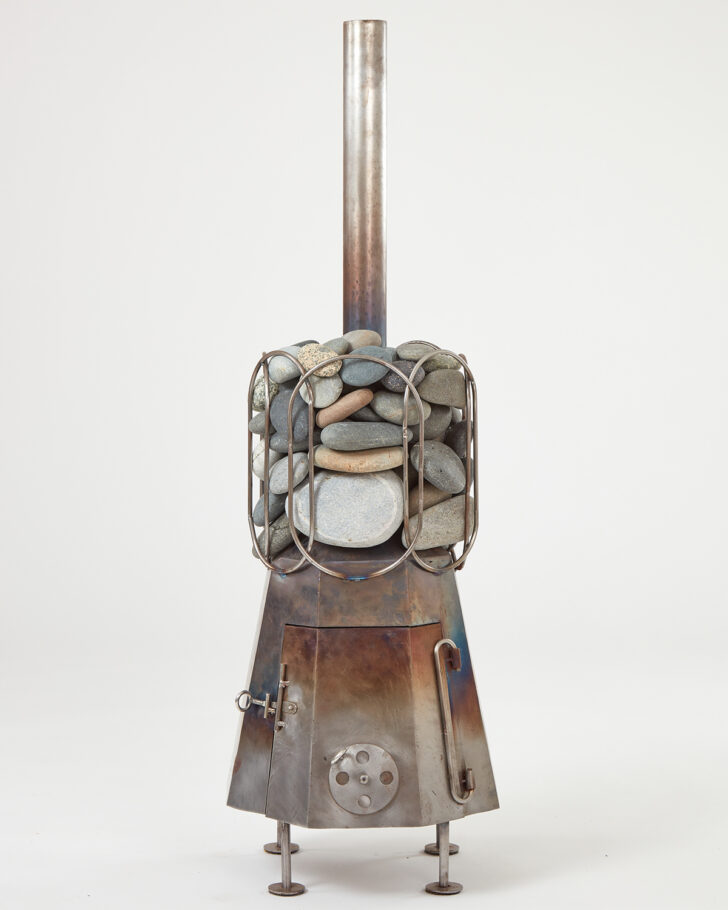
Sauna Stove by Cameron Lassen
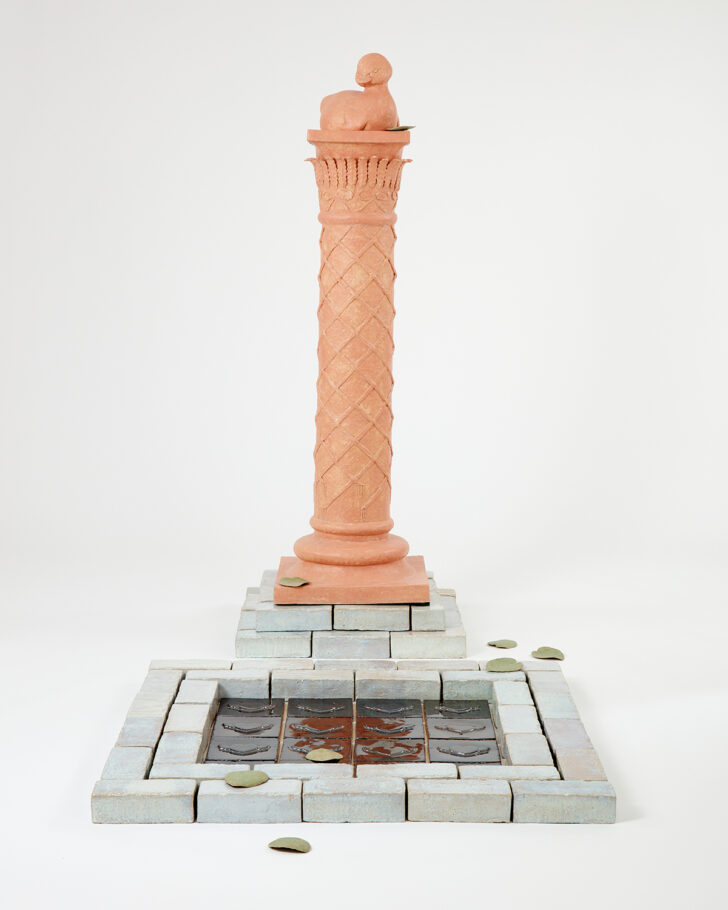
Fool Me Three Times by Christine Jung
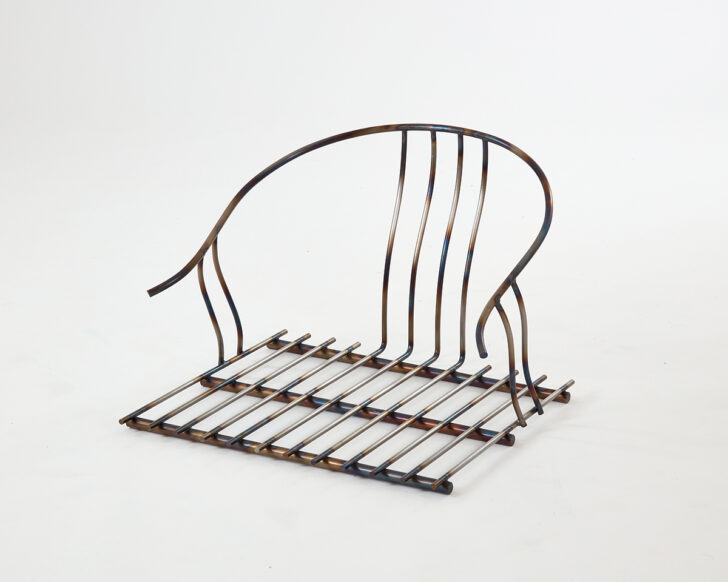
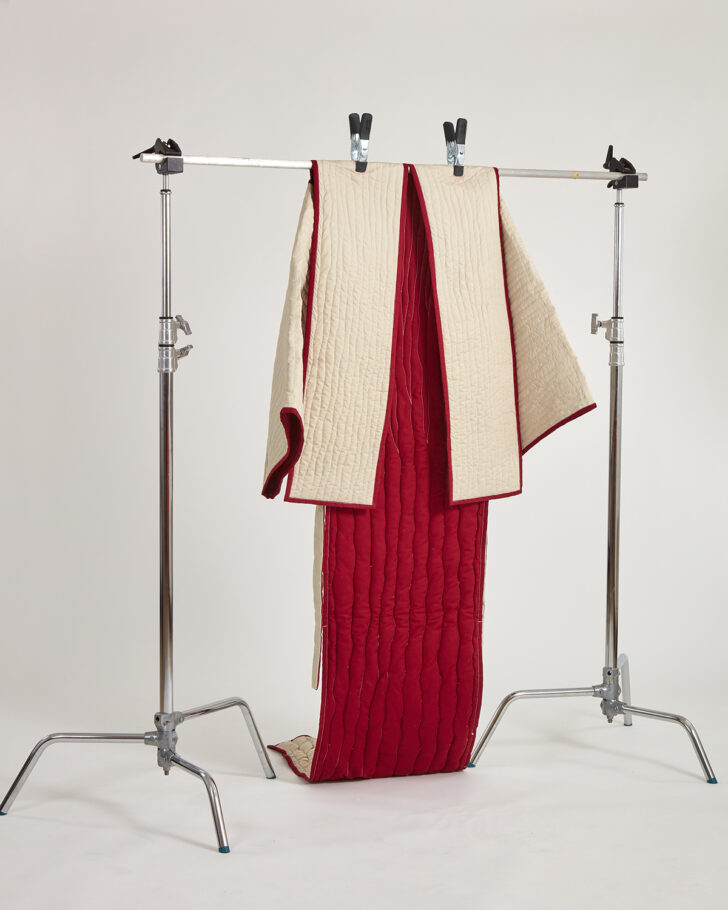
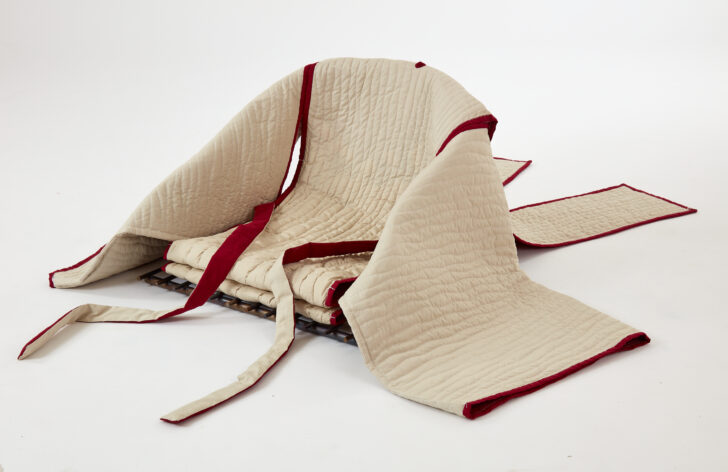
Jieyu Chair by Ziyan Wang & Sue Sima
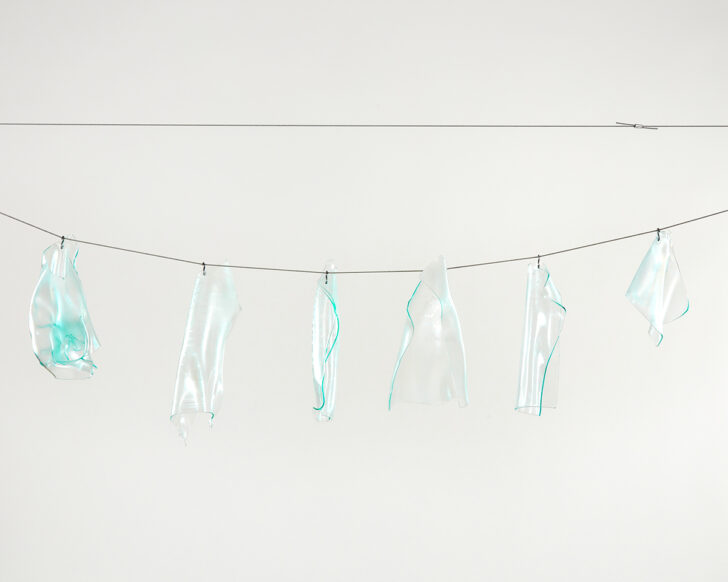
Dirty Laundry: Soir d’Été by Koda Adeline Tousignant
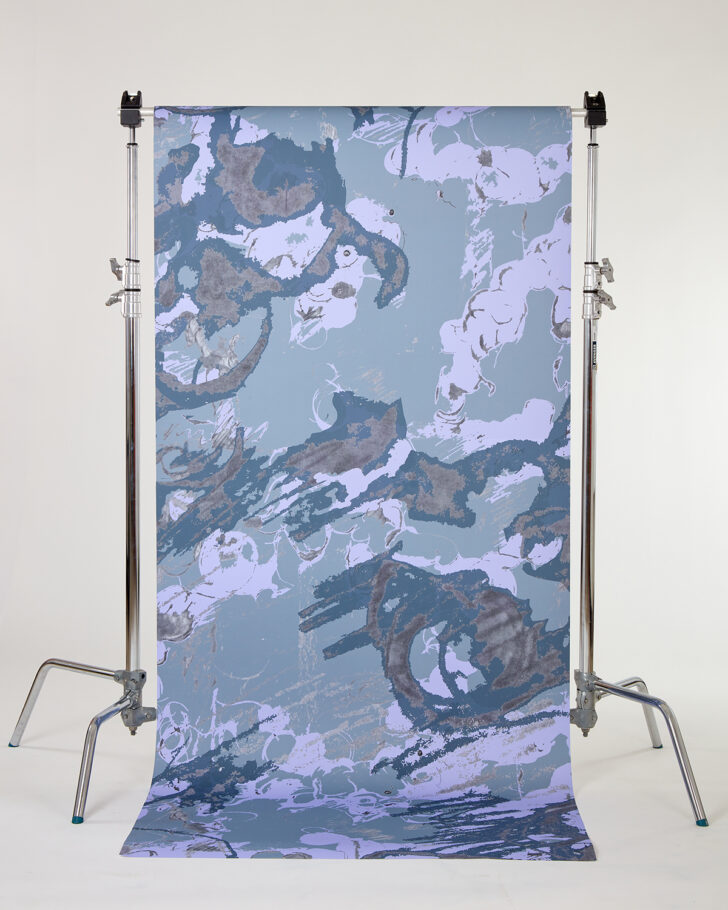
Carbonilla Como Origen by Maureen Scally
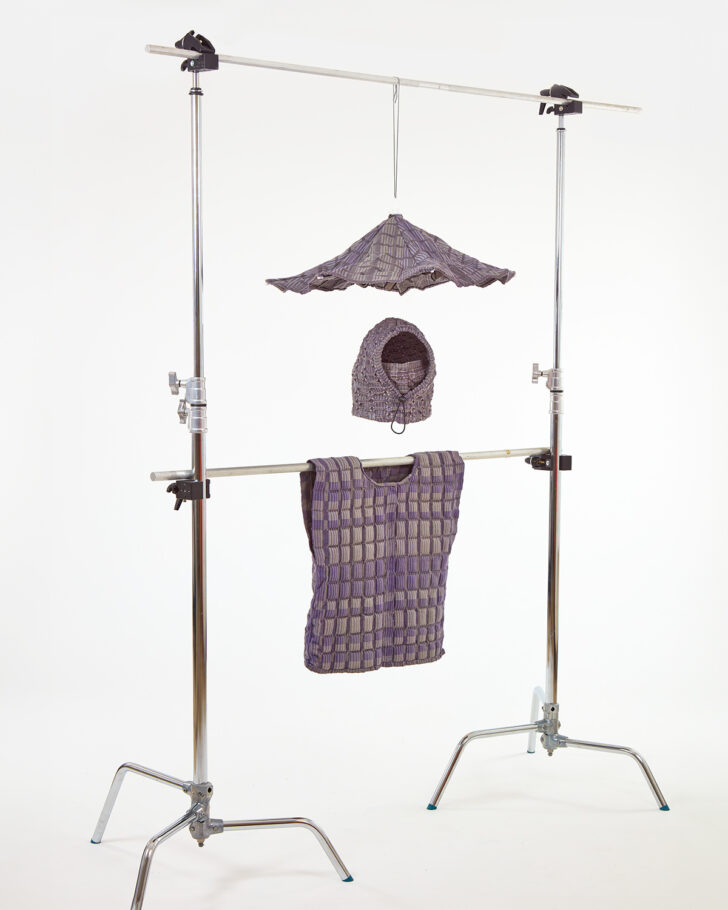
Woven Binaries by Isabela Chan
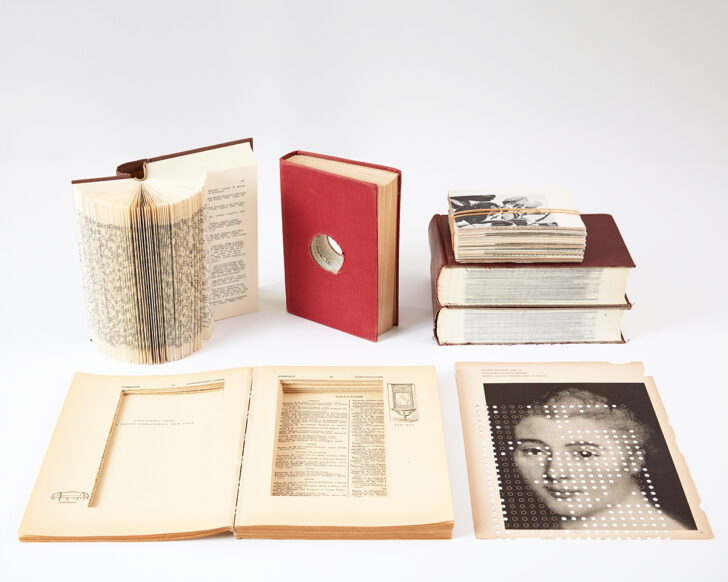
Explosion Piece by Rebecca Wilkinson
